Do you enjoy chess? If so, you'll love these 32 interesting chess facts! These facts will impress your friends and make you seem like a chess expert. Did you know that...
- chess is the most popular board game in the world?
- chess was invented in India?
- there are over 700 million chess players in the world?
Learn more about this fascinating game with these amazing facts!
#1
Initially, the Queen could only move one square at a time, diagonally. Later, she could move two squares at a time, diagonally. It wasn't until Reconquista Spain, with its powerful queen Isabella, that the Queen became the strongest piece on the board.
#2
The number of possibilities of a Knight's tour is over 122 million.
#3
A computer called DeepThought became the first computer to beat an international grandmaster in November 1988, Long Beach, California.
#4
The word "Checkmate" in Chess comes from the Persian phrase "Shah Mat," which means "the King is dead".
#5
The longest chess game theoretically possible is 5,949 moves.
#6
If you put one grain of wheat on the first square of the chessboard, two on the second, four on the third, eight on the fourth, and so on, how many grains of wheat do you need to put on the 64th square? The answer is 9,223,372,036,8 54,775,808(approximately 9.22x10^18) grains of wheat.
#7
The new pawn move, where pawns were allowed to advance two squares on their first move instead of one, was first introduced in Spain in 1280.
#8
The longest chess game ever was I.Nikolic - Arsovic, Belgrade 1989, which ended in 269 moves. The game was a draw.
#9
According to America's Foundation for Chess, there are 169,518,829,100,544,000,000,000,000,000 (approximately 1.70x10^29) ways to play the first 10 moves of a game of chess.
#10
There are 400 different possible positions after one move each, 72,084 different possible positions after two moves each, and over 9 million different possible positions after three moves each... 318 billion different possible positions after four moves each.
#11
Chess clocks were first used in 1883, and the first world chess championship was held in 1886
#12
The first printed chess book was completed three years after Christopher Columbus discovered the Americas - in 1495.
#13
Chess was invented around 550 AD in Northwestern India. Its early form was called chaturaṅga, literally "four divisions of the military" - infantry, cavalry, elephantry, and chariotry. These forms are represented by pieces that would become the modern pawn, knight, bishop, and rook.
#14
600 AD is the first clear reference to chess, in a Persian manuscript that describes chess coming to Persia (Iran) from India.
#15
From the starting position, there are eight different ways to Mate in two moves and 355 different ways to Mate in three moves.
#16
Dr. Emanuel Lasker from Germany retained the World Chess Champion title for more time than any other player ever: 26 years and 337 days.
#17
In 1985, the Soviet player Garry Kasparov became the youngest World Chess Champion ever at the age of 22 years and 210 days.
Magnus Carlsen nearly beat this record at 22 years 11 months 24 days November 23, 2013.
#18
The first Chessboard with alternating light and dark squares appears in Europe in 1090.
#19 Albert Einstein was a good friend of World Chess Champion Emanuel Lasker. In an interview with the New York Times in 1936 Albert said, "I do not play any games. There is no time for it. When I get through work I don't want anything which requires the working of the mind." He did take up Chess in his later life.
#20
Rookies, or players in their first year, are named after the Rook in Chess. Rooks generally are the last pieces to be moved into action and the same goes for Rookies.
#21
Blindfold chess is an impressive skill that many stronger chess players develop. It requires a keen ability to visualize the board clearly. National Master Elliott Neff played 12 games blindfolded simultaneously, winning 11 of them.
#22
There are well over 1,000 different openings, including variations within larger openings/defenses that one can learn.
#23
Chess sets normally have 32 pieces. But it has become popular to include 2 extra queens making it 34. The two spare queens can be used in pawn promotion.
#24
Notable American mathematician Claude Shannon calculated the number of sensible chess games to be around 1040 games. For comparison, the number of atoms in the observable universe is roughly estimated to be 1080. That may be the reason it's the most timeless game
#25
Though affected by several factors including time allotted, it has been calculated that the average number of moves in a tournament game with professional players is roughly 40.
#26
The term "zugzwang," describes a situation in chess where a player would prefer not to move at all when it's his turn because moving any piece would worsen his current position. A player who is forced to make a move in this situation is said to be "in zugzwang".
#27
While playing a game of chess in France, Benjamin Franklin reportedly took his opponent's King after she inadvertently put it in check. When she said, "Ah, we don't take kings so" Franklin replied, "We do in America."
#28
In 1770, a man invented a machine that could play a strong game of chess against a human opponent. This mysterious player was nicknamed The Turk (as was the machine itself). It wasn't until 1857 that it was revealed to be a hoax (a chess master was hiding in the machine).
#29
The word “gambit” is specifically a chess term, now generalized to mean a "sacrifice for advantage".
#30
In 1999, chess Grandmaster Garry Kasparov played The World in a game of chess that lasted over four months. Over 50,000 people from more than 75 countries participated in the game with moves being decided by majority vote. Garry ended up winning on turn 62 when 51% of The World decided to resign.
#31
Before 1600, a game of chess could be won by capturing all of the opponent’s pieces, leaving a bare king; a style of play known as "annihilation". In Medieval times, players considered it nobler to win by checkmate, so annihilation became a half-win for a while until it was abandoned.
#32
The longest recorded tournament chess match lasted 20 hours and 15 minutes and resulted in a draw.


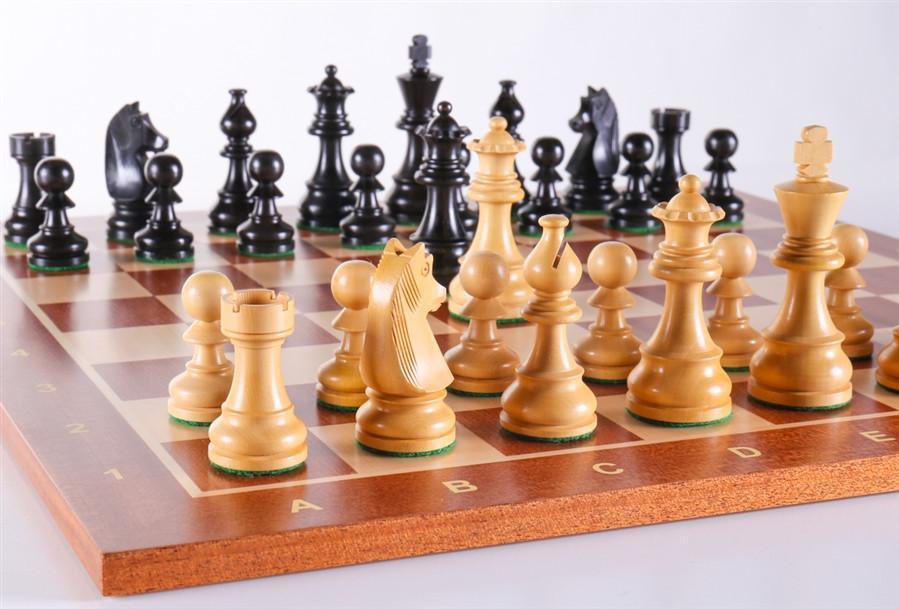
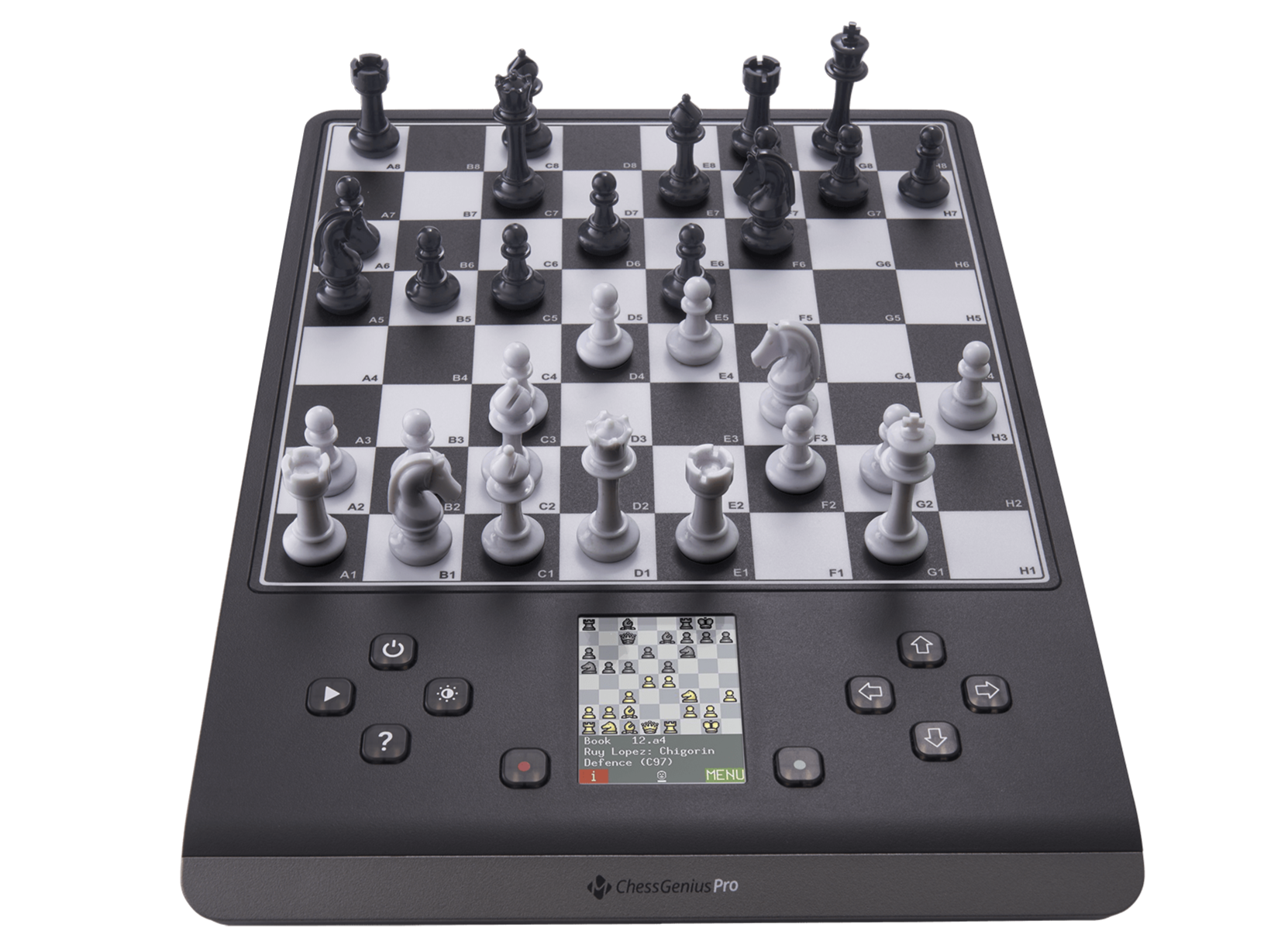
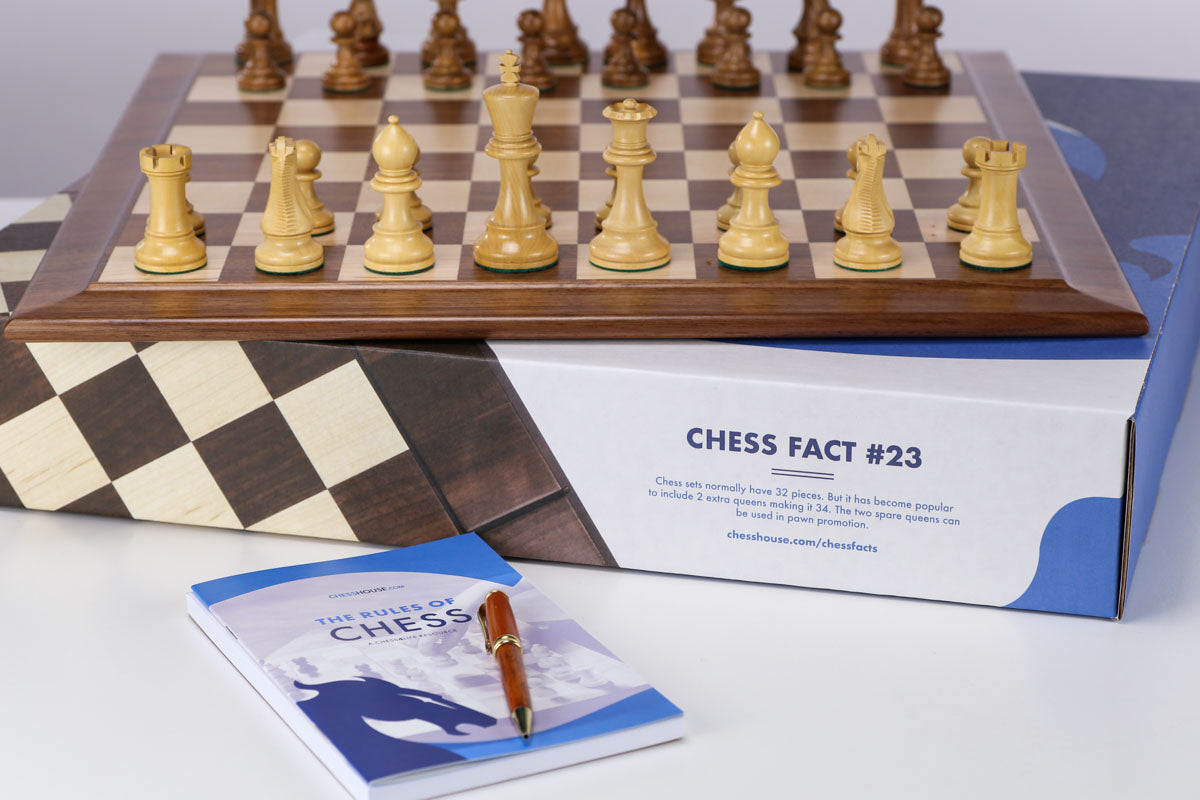
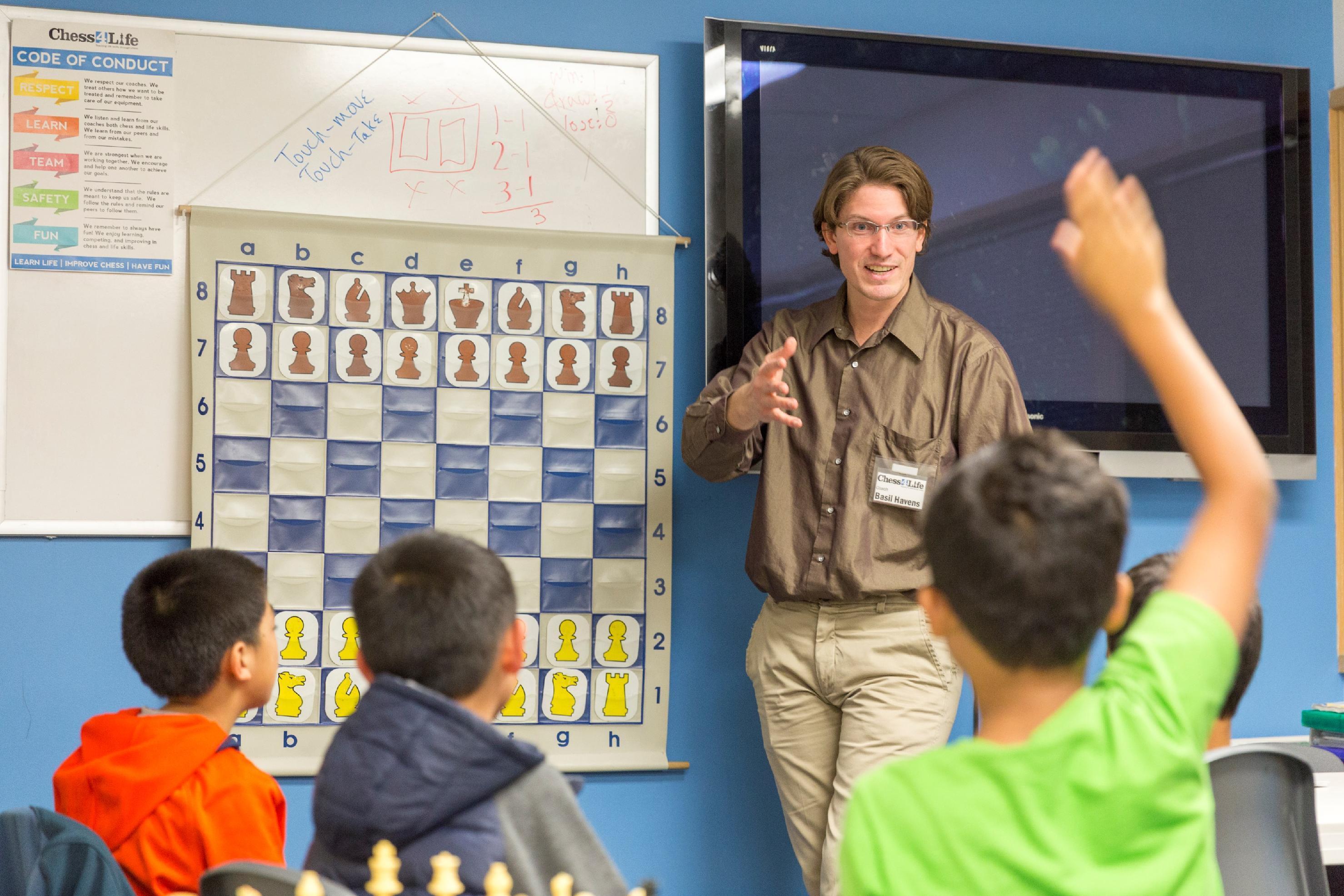
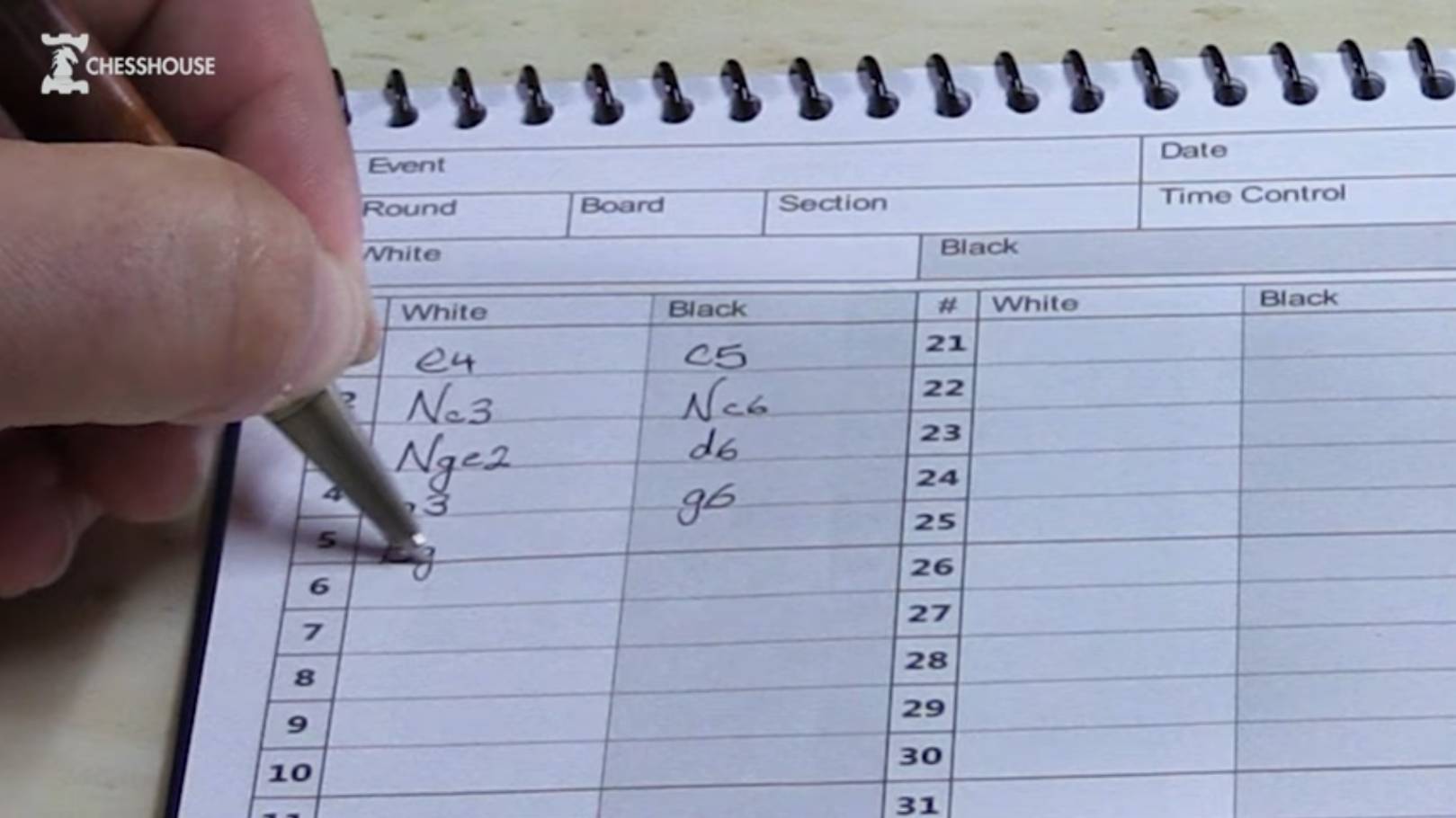




Leave a comment
All comments are moderated before being published.
This site is protected by reCAPTCHA and the Google Privacy Policy and Terms of Service apply.